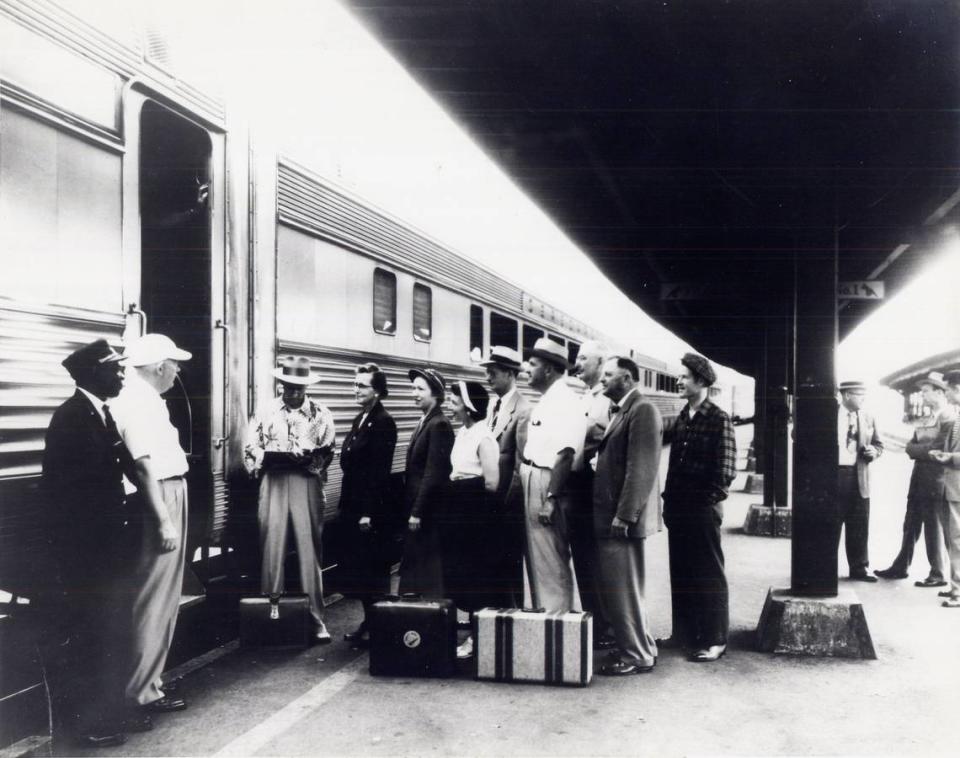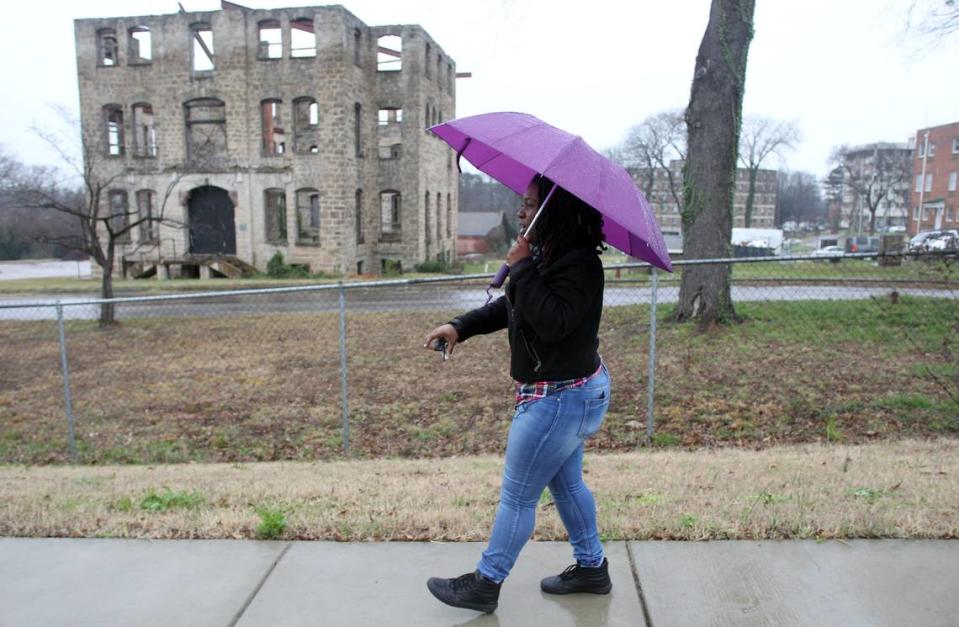A new preservation group wants to know which Raleigh buildings you want to save
When out-of-state developers bought a sliver of land that housed the historic Seaboard Train Station, neighbors and history buffs got nervous.
The 80-year-old train station didn’t have local or national historic designations, meaning it could be demolished at any time.
The developers’ original plan called for razing the station and building a 12-story garage. The station became a rallying cry for preservationists and the latest example of a local landmark threatened by development pressure.
A new group, Preservation Raleigh, has launched in Raleigh to try to help save the city’s historic structures.
“I think we’re all seasoned preservationists,” said Esther Hall, the new group’s president. “And so we know that chaining ourselves to bulldozers may not be the way to save properties. But identifying places in peril or (knowing if) there is a tweak here or there with a code or ordinance that would make a property more viable, no one is currently doing that. No one is filling that void.”
What’s this new group about?
Raleigh is one of the few state capitals that lacked a historic-preservation nonprofit, owing partly to the success of the statewide Preservation North Carolina and Raleigh Historic Development Commission, a city-appointed board.
The efforts to save the Seaboard Train Station galvanized the preservation community to form Preservation Raleigh.
It includes several former Raleigh Historic Development Commission members. Hall served as a consultant for the National Trust for Historic Preservation and is a past president of the National Alliance of Preservation Commissions.
Raleigh is “a little behind the eight ball” compared to cities with strong preservation groups, said Myrick Howard, the former long-time president of Preservation North Carolina.
“As fast as Raleigh is growing and as many issues as we have got going on, it makes sense to have a dedicated group doing this,” he said.
“It is absolutely needed,” he said.

Why save historic buildings?
Historical properties help communities understand their past and provide context.
Take Seaboard Train Station.
“It’s an opportunity to see segregated bathrooms; the signs exist,” Hall said. “And so for people who aren’t aware of a painful chapter of our history, this shows you that it’s not folklore. It’s just the way it was.
“And I think there’s value in understanding the history, not to be trite, but perhaps so that it can’t be repeated,” she said.
There has to be “peaceful coexistence” between what exists and what the future might bring, instead of outright erasure, Hall said.
What will the group do?
A lot, it hopes.
It wants to advocate for preserving historical structures, especially those at risk of demolition and when city leaders are being asked for a rezoning.
“You often find upset community members up against very-well-spoken developers represented by good lawyers. And it appears that there’s no compromise,” Hall said. “I think a group like ours will have the opportunity to be consulted to say ‘Are there any other ways to make this work.’ That’s the benefit of our expertise and national perspective.”
They also want to suggest policy changes that might make it easier to save historical buildings or for someone to reuse older homes.
“There’s an exciting and valuable movement in the preservation world that looks at well-built — because the materials were excellent, and the craftsmanship was excellent — stock of houses that with a little love, attention and money could be modernized and available at reasonable rates.”
The group also wants to educate new residents who are moving to Raleigh in droves. People can’t protect what they don’t know about, she said.
One of those efforts is through a program called Places in Peril.

What is ‘Places in Peril?’
The nonprofit wants people to submit historic locations in the city they think are are most endangered. St. Agnes Hospital at the St. Augustine University’s campus is one example of a property that historians fear is at risk, she said.
“We believe that preserving these historic places strengthens our community, fosters a sense of place and connects us to the stories of the people who came before us,” according to the nonprofit’s callout for homes or commercial properties.
There are numerous properties in danger, Howard said, and this group has a chance to make a significant impact in protecting some of the city’s historic homes and neighborhoods.
How to submit a location?
Submit a place in peril at preservationraleigh.org. There is a blog post with an online form you can fill out at forms.gle/1Ld2945sw2jVovX97.
Nominations are due April 30, so a list of nine endangered properties is ready for Preservation Month in May.

